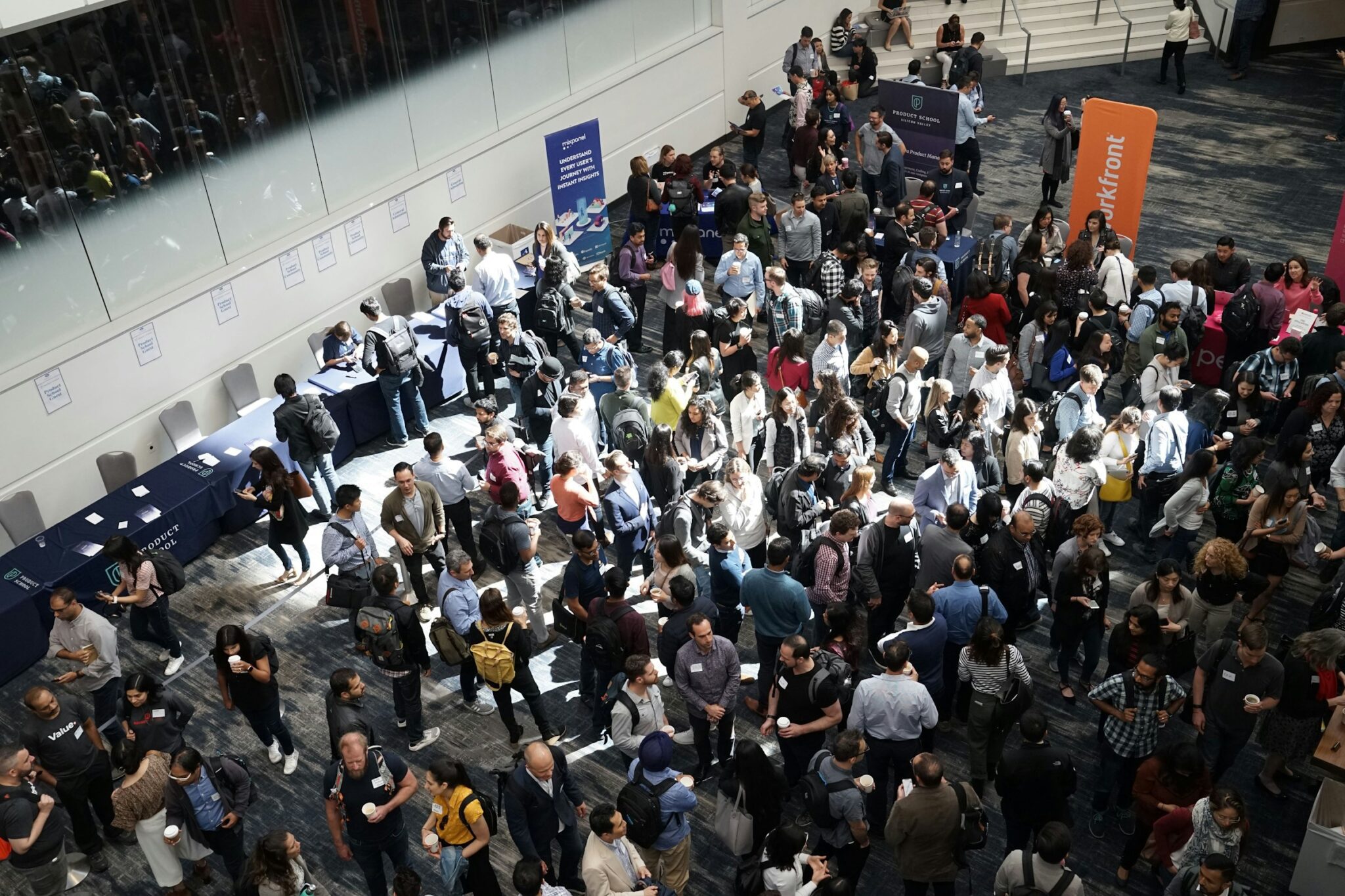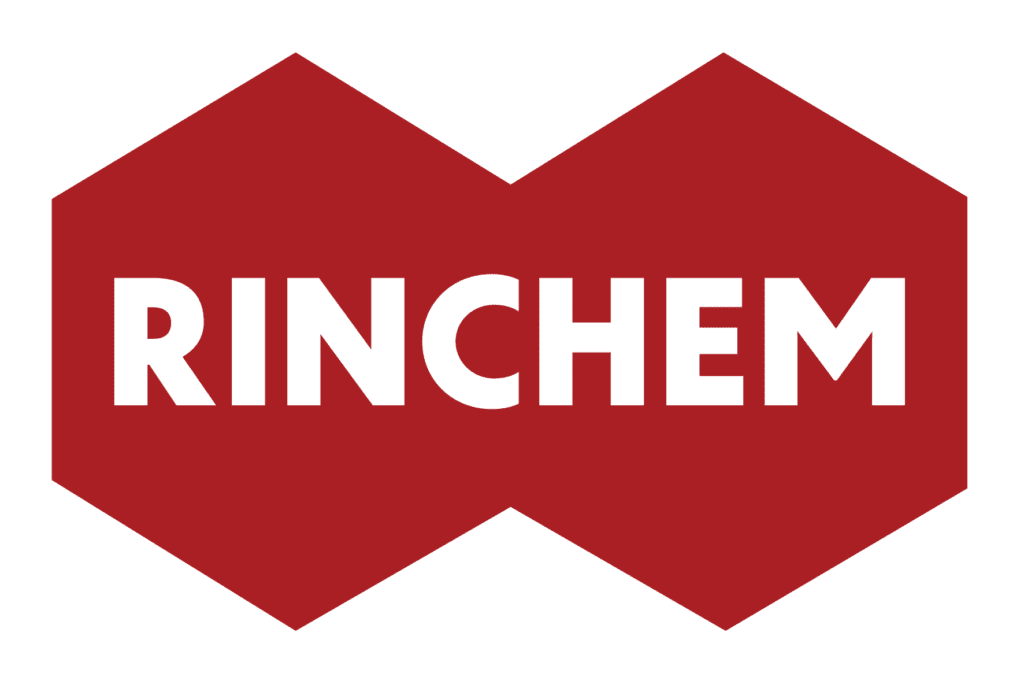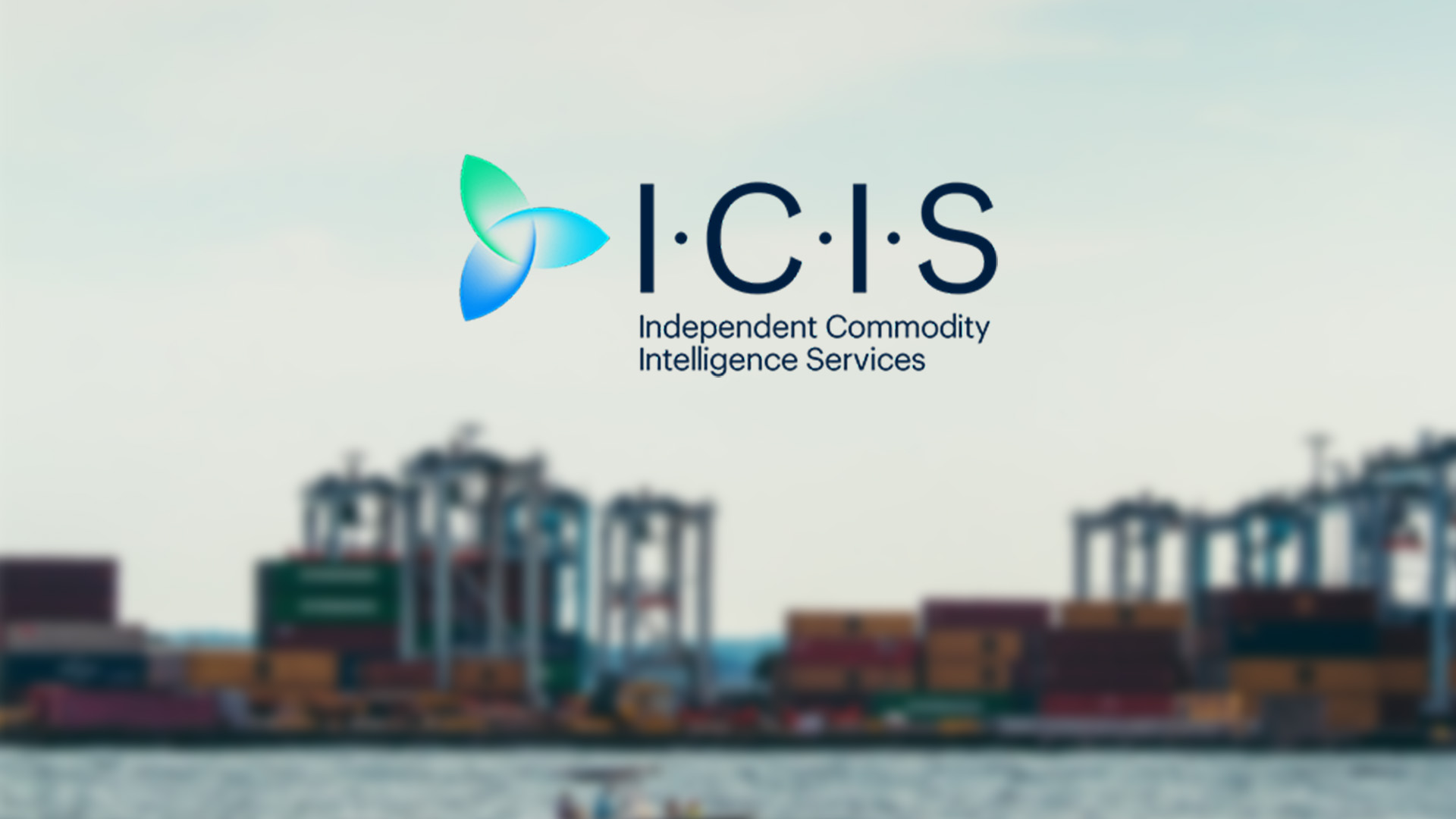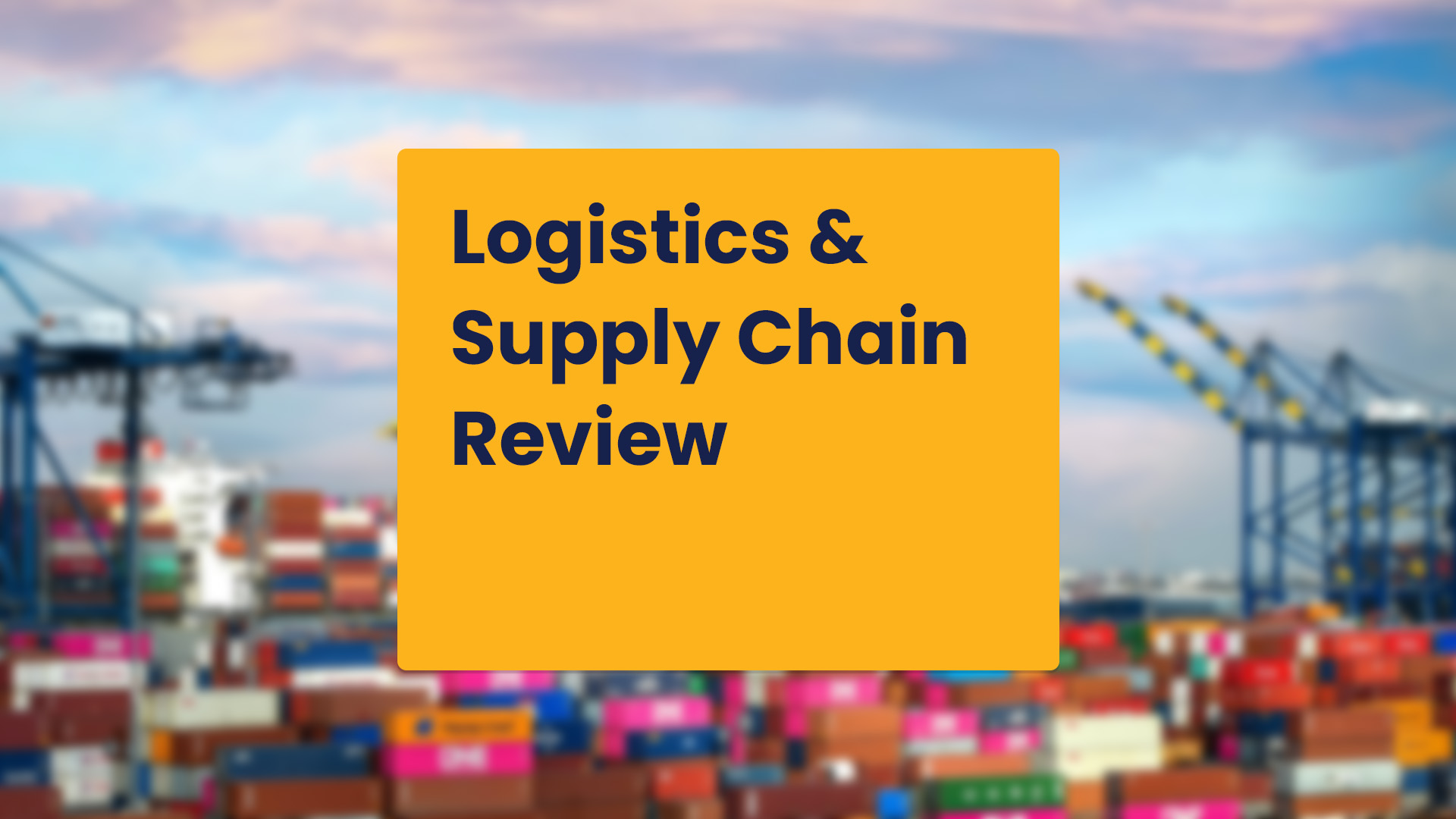The Race is On to Find Vessel Collision Clues
On March 10, 2025, a collision occurred off the British coast between the U.S.-flagged chemical tanker Stena Immaculate and the Portuguese-flagged container vessel Solong. The incident resulted in significant damage to the Stena Immaculate, leaving a large breach in its hull, and fires broke out on both vessels. Despite the severity of the collision, all crew members were rescued; however, British officials suspect that one sailor from the Solong is deceased.
Preliminary reports indicate that the Stena Immaculate, delivered in 2017 and last certified for safety in 2023, was at anchor when struck by the Solong, a 2005-built vessel scheduled for its next safety certification renewal in October. AIS tracking data suggests that the Solong was traveling at 16 knots, near its maximum speed of 18 knots, through a familiar area. Notably, the Solong did not appear to have slowed down before the impact. Both ships were equipped with standard navigational tools, including radar systems, automated radar plotting aids, AIS ship tracking technology, and VHF radios.
Authorities have launched a criminal investigation into the incident. On March 11, British police arrested a man on suspicion of gross negligence manslaughter in connection with the collision. Investigators aim to retrieve data from the vessels' voyage data recorders to gain more clarity on the events leading up to the collision.
While major maritime accidents are uncommon in British waters, this collision has raised concerns due to the fires that ensued on both vessels. The UK's stringent navigation and safety measures, particularly in areas with limited visibility, are under scrutiny as part of the ongoing investigation.
The incident underscores the importance of adherence to safety protocols and the need for thorough investigations to prevent future occurrences.
Expect robust semiconductor demand in 2025, but not in all segments
The global semiconductor market is projected to grow by 9.5% in 2025, primarily driven by robust demand for data center services, including artificial intelligence (AI). This forecast is slightly below the World Semiconductor Trade Statistics' (WSTS) projection of 11.2% but aligns closely with ASML's long-term growth expectations.
Despite the overall growth, certain segments are expected to experience stagnation:
-
Smartphones: Recent iPhone upgrades have been minimal, and global smartphone sales are not anticipated to significantly boost semiconductor market growth in 2025.
-
Automotive Industry: While there's a trend towards increased semiconductor usage in vehicles, especially with the rise of electric vehicles, the global automotive market is projected to grow modestly by 1.6% in 2025. Additionally, inventory corrections and potential oversupply in markets like China could dampen semiconductor sales in this sector.
In contrast, the demand for semiconductors in AI and server applications is expected to rise, contributing significantly to the industry's growth. However, advancements in AI models that require fewer advanced memory chips and capacity expansions in the memory segment may introduce price pressures.
Overall, while the semiconductor industry is poised for growth in 2025, the extent of this growth will vary across different market segments.

Supply Chain Skills You Need to Advance
Advancing in the supply chain field requires a combination of technical proficiency, strategic thinking, and adaptability. Key skills highlighted by industry experts include:
1. Digital and Data Proficiency: Leveraging technologies such as artificial intelligence (AI) and data analytics to enhance decision-making and operational efficiency.
2. Strategic and Adaptive Thinking: Aligning supply chain operations with overarching business goals and swiftly responding to market changes and disruptions.
3. Collaborative Leadership: Fostering effective collaboration among global partners, suppliers, and customers to drive resilience and agility within the supply chain.
4. Technological Proficiency: Integrating advanced technologies, including automation and data analytics, to optimize logistics and predict demand.
5. Sustainability Leadership: Implementing environmentally responsible practices, such as reducing carbon footprints and ensuring ethical sourcing, to meet growing sustainability expectations.
6. Agility and Adaptability: Developing the ability to swiftly respond to disruptions, market fluctuations, and evolving customer demands, ensuring resilience and continuity.
Emphasizing these competencies can transform supply chains from cost centers into value drivers, positioning professionals for advancement in this dynamic field.
Get more articles like this in your inbox
Sign up for our monthly newsletter
Find more articles


